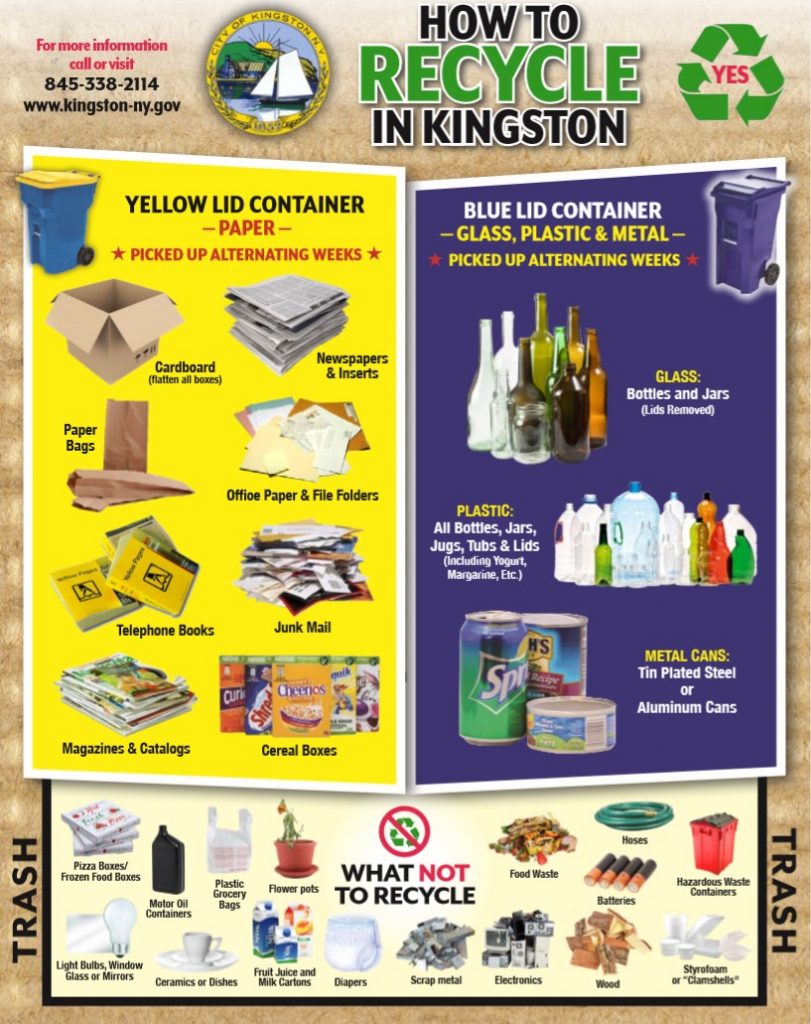Report on Sustainable Wine Preferences in China’s Emerging Market
Introduction
This report presents findings from a study conducted by the School of Agricultural Economics and Rural Development at Renmin University of China, Beijing, focusing on sustainable wine consumption in two western second-tier Chinese cities. The research, published in Frontiers in Sustainable Food Systems (Volume 9, 2025), investigates consumer preferences for sustainable wine in both self-consumption and gift-giving contexts. The study aligns with several Sustainable Development Goals (SDGs), particularly SDG 12 (Responsible Consumption and Production), SDG 13 (Climate Action), and SDG 15 (Life on Land), by exploring sustainable consumption patterns and promoting environmentally friendly products.
Methodology
- Choice Experiment: Consumers were presented with various wine attributes to evaluate preferences.
- Latent Class Model: Used to segment consumers based on their preferences.
- Three-step Analysis:
- Assessment of the relative importance of wine attributes.
- Evaluation of marginal effects on consumer choices.
- Estimation of willingness to pay (WTP) for sustainable attributes.
Key Findings
The analysis identified five distinct consumer segments with unique sustainable wine preferences:
- Self-Consumption Segments:
- Price-Sensitive Consumers: Prioritize affordability over sustainability attributes.
- Well-Known Area Followers: Prefer wines from recognized regions, supporting regional branding.
- China-Wine Enthusiasts: Favor local Chinese wines, endorsing regional products as low-carbon options, thus contributing to SDG 13 (Climate Action) by reducing carbon footprints.
- Gift-Giving Segments:
- Packaging Lovers: Value delicate and attractive packaging, indicating a need for sustainable packaging solutions to align with SDG 12 (Responsible Consumption and Production).
- Organic Supporters: Exhibit high willingness to pay for organic wine labels, promoting sustainable agriculture and supporting SDG 15 (Life on Land).
Implications for Sustainable Development Goals
- SDG 12 – Responsible Consumption and Production: The study highlights consumer demand for sustainable packaging and organic products, encouraging producers to adopt environmentally friendly practices.
- SDG 13 – Climate Action: Preference for local wines among “China-Wine Enthusiasts” supports regional branding that reduces carbon emissions associated with transportation.
- SDG 15 – Life on Land: High willingness to pay for organic wines promotes sustainable agriculture, preserving biodiversity and soil health.
Recommendations
- Tailored Marketing Strategies: Develop targeted approaches for different consumer segments to enhance sustainable wine consumption.
- Promotion of Local Wines: Leverage regional branding to emphasize low-carbon and sustainable production methods.
- Sustainable Packaging Innovation: Invest in eco-friendly packaging alternatives to meet the preferences of “Packaging Lovers” and reduce environmental impact.
- Support Organic Wine Production: Encourage organic farming practices to meet the demand of “Organic Supporters” and contribute to biodiversity conservation.
Conclusion
The evolving Chinese wine market demonstrates a growing consumer inclination towards sustainability, reflecting broader global trends aligned with the United Nations Sustainable Development Goals. By understanding diverse consumer segments and their preferences, stakeholders can promote sustainable consumption and production patterns, contributing to environmental protection and sustainable economic growth.
Keywords
Sustainable wine, Consumer preferences, Chinese market, Choice experiment, Latent class model, Sustainable Development Goals (SDGs)
1. Sustainable Development Goals (SDGs) Addressed in the Article
- SDG 12: Responsible Consumption and Production
- The article discusses sustainable wine consumption and production, focusing on consumer preferences for organic labels and sustainable packaging.
- SDG 13: Climate Action
- Support for local wines as a low-carbon option aligns with efforts to reduce carbon footprints and mitigate climate change.
- SDG 15: Life on Land
- Promotion of organic wine supports sustainable agricultural practices that protect terrestrial ecosystems.
- SDG 8: Decent Work and Economic Growth
- The study’s focus on regional branding and market segmentation can contribute to sustainable economic growth in local wine industries.
2. Specific Targets Under the Identified SDGs
- SDG 12: Responsible Consumption and Production
- Target 12.2: Achieve the sustainable management and efficient use of natural resources.
- Target 12.5: Substantially reduce waste generation through prevention, reduction, recycling, and reuse.
- Target 12.8: Ensure that people have relevant information and awareness for sustainable development and lifestyles in harmony with nature.
- SDG 13: Climate Action
- Target 13.2: Integrate climate change measures into national policies, strategies, and planning.
- SDG 15: Life on Land
- Target 15.1: Ensure the conservation, restoration, and sustainable use of terrestrial and inland freshwater ecosystems and their services.
- SDG 8: Decent Work and Economic Growth
- Target 8.3: Promote development-oriented policies that support productive activities, decent job creation, entrepreneurship, creativity, and innovation.
3. Indicators Mentioned or Implied in the Article to Measure Progress
- Consumer Willingness to Pay (WTP) for Sustainable Attributes
- WTP for organic labels and sustainable packaging indicates consumer demand for sustainable products, which can be used to measure progress towards SDG 12 targets.
- Market Segmentation and Consumer Preferences
- Identification of consumer segments such as “Organic Supporters” and “China-Wine Enthusiasts” provides data on behavioral changes towards sustainability.
- Adoption of Local and Low-Carbon Products
- Preference for local wines supports measurement of low-carbon consumption patterns relevant to SDG 13.
- Use of Sustainable Packaging
- Consumer preference for delicate packaging and the suggestion for sustainable alternatives imply indicators related to waste reduction and sustainable production.
4. Table: SDGs, Targets and Indicators
| SDGs | Targets | Indicators |
|---|---|---|
| SDG 12: Responsible Consumption and Production |
|
|
| SDG 13: Climate Action |
|
|
| SDG 15: Life on Land |
|
|
| SDG 8: Decent Work and Economic Growth |
|
|
Source: frontiersin.org







